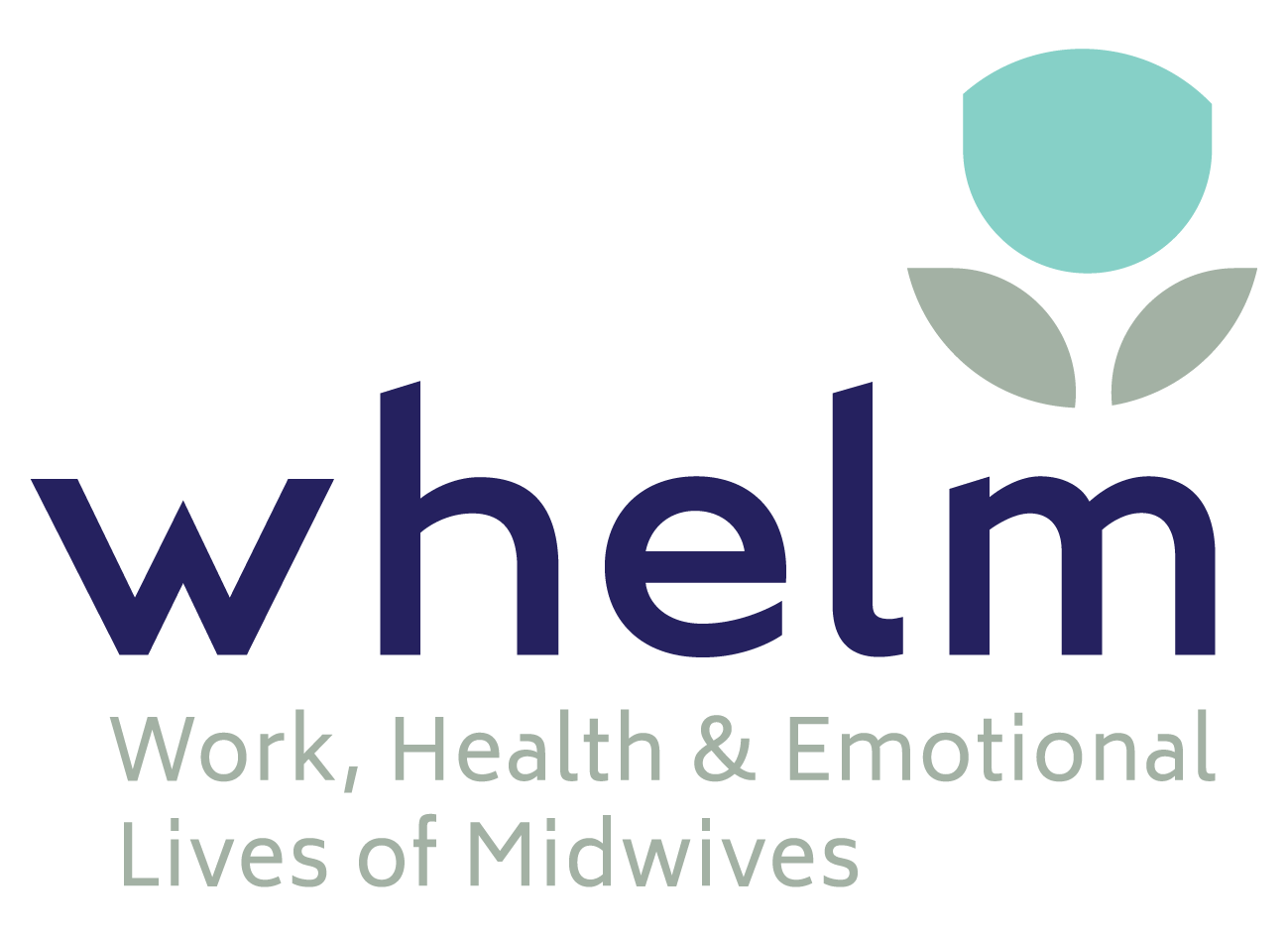Preterm birth
Spontaneous preterm birth (<37 weeks’ gestation) is a seemingly intractable problem (WHO, 2012). Babies born preterm can have significant life-long health problems, and are at increased risk of dying before they reach 5 years of age (WHO, 2021). Preterm birth is costly too – babies can require lengthy hospitalisation and ongoing care (Callander & Atwell, 2021). Curiously several studies have reported a reduction in preterm birth during the COVID-19 lockdown. For example, Rolnik et al. (2021) examined the chance of being born <34 weeks before, compared to during, Melbourne’s lockdown restrictions. During lockdown, women were about 30% less likely to give birth preterm; while those with a history of preterm birth were about 60% less likely (Rolnik et al., 2021). The researchers suggested several potential reasons for this reduction, including lower workload and stress levels, higher weight gain, lower physical activity, and lower exposure to air pollution (Rolnik et al., 2021). But the mechanism for the reduction in preterm birth during lockdown remains unclear.
Midwifery continuity and preterm birth
Similarly, the systematic review of midwifery-led models of care shows a 24% reduction in preterm birth (Sandall et al., 2016). However, because the mechanism is unclear, researchers conducted a realist review to find out how “midwifery continuity of care models reduce PTB—for whom, how, and in what circumstances?” (Fernandez Turienzo et al., 2021). The authors used criteria to search for quantitative, qualitative, and mixed method studies about midwifery-led model of care and its’ impact of preterm birth (Fernandez Turienzo et al., 2021). Of 251 potentially relevant articles, 11 studies met the criteria. In these 11 studies, the model of care was full continuity across pregnancy, birth, and postpartum – provided by one or a small group of midwives. Importantly, the included studies explained how the midwifery-led model of care reduced preterm birth. The authors analysed each study’s explanation and synthesised them into three theories:
1) midwife-woman partnership
2) maternity pathways and processes
3) system resources.
Each theory has several related “Context-Mechanism-Outcome configurations” that explain how it works, for whom and in what circumstances.
Contexts-mechanisms-outcomes
For Midwife-Woman Partnership the context is broad. For example, women who are young, Indigenous, have complex social factors, or are at high or low risk of complications. The mechanisms include the opportunity to develop rapport; to receive culturally competent, respectful, individualised care; and have 24/7 support from a known and trusted provider. The outcomes include increased antenatal engagement, increased referral and service uptake, greater participation in one’s own health and well-being, and reduced distress (Fernandez Turienzo et al., 2021).
For Maternity Processes and Pathways, the context is women who are young, Indigenous or have complex social issues. The mechanisms include booking into maternity care in a way that is flexible and personal that allows for timely and appropriate care, tests, and referrals. In addition,
- appointments in non-clinical settings (home and community hubs)
- time for health and well-being education
- staff who know how to sensitively address behaviour change
- interagency partnerships and collaboration to ensure culturally safe, holistic care.
The outcomes include early initiation of maternity care and increased antenatal care attendance, increased care co-ordination, early intervention, and better birth outcomes (Fernandez Turienzo et al., 2021).
For System Resources, the context is women who are young, Indigenous or have complex social issues. The mechanisms include funding and support to address institutional racism, midwifery autonomy over managing workload, and integrated community and social support systems to address social determinants of health. Furthermore, cultural competency training and compliance with guidelines for referral and transfer, are critical. The outcomes include improved outcomes and quality of care (Fernandez Turienzo et al., 2021).
A guide for implementation and evaluation
Complex interventions, like models of care, are challenging to standardise (Medical Research Council, 2019). But to achieve the desired outcomes, it is vital to understand “the active ingredients of an intervention and how are they exerting their effects” (Medical Research Council, 2019). This realist review offers critical insight into how the active ingredients of midwifery continuity of care work to reduce preterm birth. The findings about what works, for whom, and in what circumstances can, and should, be used to guide implementation of midwifery continuity of care (Fernandez Turienzo et al., 2021). Furthermore, current midwifery continuity services for young, Indigenous and women with complex social issues, should evaluate their services against these results. Midwifery continuity models should be designed and refined to optimise their mechanisms for reducing preterm birth.
Highlighted article with full-text free access
Fernandez Turienzo, C. et al. (2021). A realist review to explore how midwifery continuity of care may influence preterm birth in pregnant women. Birth: Issues in Perinatal Care, 48, 375-388. https://doi.org/10.1111/birt.12547
Blog written by
Dr Jyai Allen @JyaiAllen
References
Callander, E. J., & Atwell, K. (2021). The healthcare needs of preterm and extremely premature babies in Australia-assessing the long-term health service use and costs with a data linkage cohort study. European Journal of Pediatrics, 180(7), 2229–2236. https://doi.org/10.1007/s00431-021-04009-y
Medical Research Council. (2019). Developing and Evaluating Complex Interventions. Medical Research Council & NIHR. Retrieved from: https://mrc.ukri.org/documents/pdf/complex-interventions-guidance/
Rolnik, D. L., Matheson, A., Liu, Y., Chu, S., McGannon, C., Mulcahy, B., et al. (2021). The impact of COVID-19 pandemic restrictions on pregnancy duration and outcomes in Melbourne, Australia. Ultrasound in Obstetrics & Gynecology. Advance online publication. https://doi.org/10.1002/uog.23743
Sandall, J., Soltani, H., Gates, S., Shennan, A., & Devane, D. (2013). Midwife-led continuity models versus other models of care for childbearing women. The Cochrane Database of Systematic Reviews, (8), CD004667. https://doi.org/10.1002/14651858.CD004667.pub3
World Health Organization. (2012). Born Too Soon: The Global Action Report on Preterm Birth. WHO.








